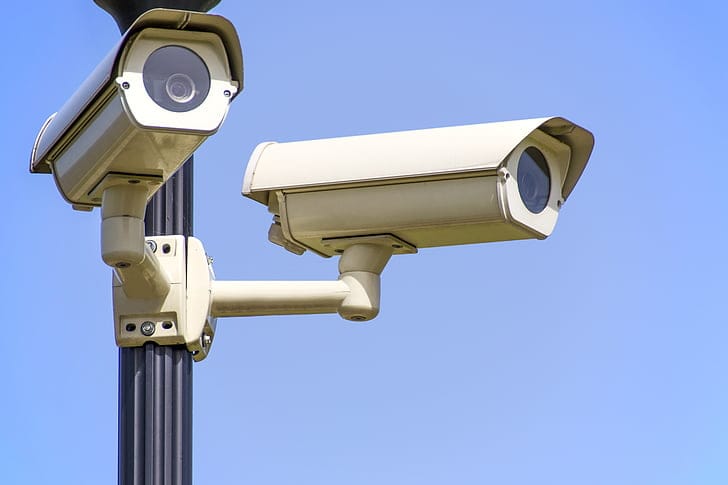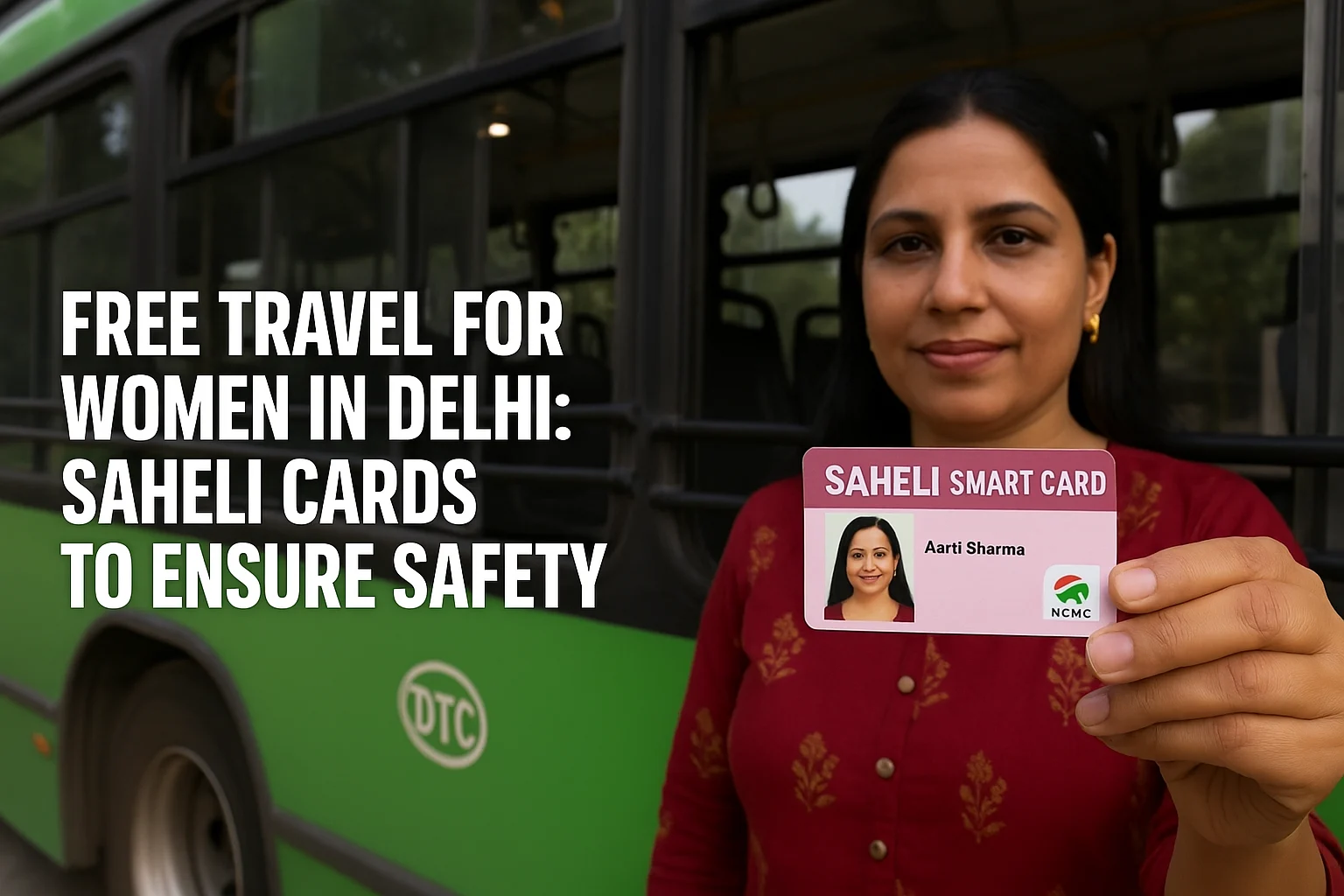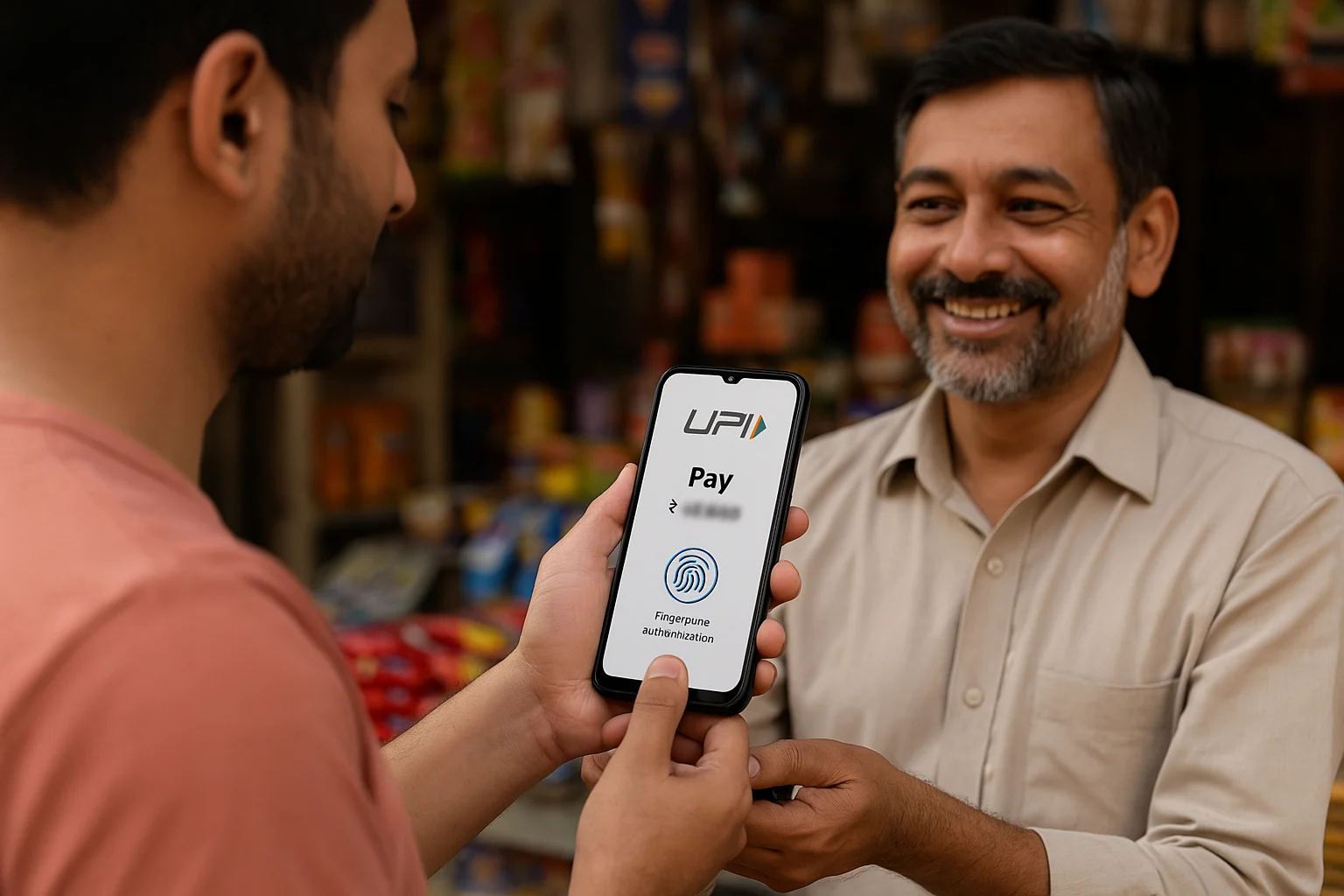Pune as a city is moving another major step toward being a safer, smarter city. Pune police have successfully connected 450 of these Smart City CCTV cameras to its central control room (CSR) located in Shivajinagar. With 3,000 cameras already in operation at Pune Metro stations, that means Pune now has more than 5,000 live surveillance points across the city. Reportedly, this gives the police visibility from chowks to metro stations across the city.
The idea behind is simple to improve policing and make it faster, smarter, and more effective. With the cameras working together, the police will be able to manage traffic jams in a better way, respond to emergency calls quicker, and catch traffic violators and other public safety offenders.
It is all in view of Pune’s Smart Policing framework, which continues to move the city closer to being an education and cultural hub of Maharashtra, and as a place where citizens can have a much greater feeling of safety on the roads and in public spaces
.
Why Is Integration Important?
In the past, Pune’s surveillance system was scattered . Different organizations operated their own set of cameras, which typically resulted in delays, gaps and poor coordination. Now, with the new integration that has taken place, the city has centralized everything to make the system much more efficient. Here are a few ways this will help:
- Centralized Monitoring : All camera feeds are now streamed in real time to the Integrated Command and Control Centre (ICCC) at Shivajinagar. This gives the police a single real-time view of the city instead of keeping track of multiple sources.
- Faster Crime Detection : Recorded video footage can now be quickly accessed and cross-checked. This means identifying suspects, tracking incidents, or solving cases is going to take considerably less time than before.
- More Effective Traffic Management : The cameras can now monitor the roads, heavily congested chowks and metro corridors. By using surveillance cameras to keep an eye on traffic violations, the police can manage things better to reduce jams and enforce better road discipline.
- Stable Connection : Unlike the old overhead cables that would frequently fail during the monsoon or other bad weather, the new underground dark fibre does not suffer from interruptions; connectivity seems secure for seamless video transmission at any time.
Tech Features of the New System
Pune’s improved CCTV network is more than a final upgrade to a street corner with a camera; it brings new age technology which makes Pune safer and police officers smarter. Some of its features include:
- AI-powered alerts : The system can operate artificial intelligence to alert officers of irregular activities and downtime on a camera. In other words, police officers will receive a real-time alert if something suspicious occurs or a camera malfunctions.
- Unified interface : The system feeds from Pune Metro, Smart City initiatives, and local area surveillance cameras can now be managed on a single platform which removes the headaches that occur from multiple systems of monitoring.
- Constant monitoring of high-risk areas : Sensitive areas such as Bopdev Ghat, hill stretches, and lonely areas will constantly be under surveillance. These areas have the potential for accidents, crime, and emergencies, while surveillance can provide the difference, no matter the time of day.
- Smart backups : The new CCTV system includes floodlight, emergency call boxes, and mobile surveillance stations with drones. These tools have value when events, festivals, or public gatherings are attended and response and crowd management is needed.
Benefits for Citizens
The addition of thousands of cameras across Pune is a win for not just the police force, but also the citizens who call this place home. Here’s why:
- Safer Public Spaces : Women, seniors, and children can feel safer knowing that public spaces (like bus stops, markets, and parks) are under active surveillance. Even the presence of cameras has a huge deterrent effect on harassment, petty crimes, and vandalism.
- Improved Road Safety : Traffic offences like speeding, running traffic signals, and reckless driving can all be tracked in real-time. This means fewer accidents and increased traffic flow across the busiest areas of the city.
- Responsive Crime Control : The operational aspect of policing, whether related to accidents, theft, or quarrels, can all be improved by available video evidence as the police can respond more quickly. The availability of video information from cameras also makes it easier to identify suspects and helps the police work investigations more efficiently.
- Trust through Transparency : When people are able to see that the police and law enforcement are now employing tools in a transparent and efficient manner, public confidence is assuredly increased. People appreciate knowing that their city is doing more to protect them.
In short, this isn’t just about wires and cameras, it’s about giving everyday people peace of mind while they move through the city.
Also Read: Charlie Kirk Death Shocks America: The Full Story Behind the Assassination Everyone’s Talking About
How Citizens Can Stay Up-to-Date with Traffic Fines
Besides these new CCTV cameras to monitor traffic on the city roadways, Pune drivers can also check their traffic fines online in no time. One quick option is to use CarInfo.
Here are the process steps to check your challan on CarInfo:
- Visit the CarInfo website or app
- Enter the vehicle number (example: MH12AB1234).
- View any pending challans that will provide details such as date, place, and type of infraction.
- Pay securely with UPI, card, or netbanking.
- Save the digital receipt to your device for reference.
In this way, while the city updates its surveillance to ensure safer and safer roadways for the public, you can also keep up with your own driving record.
Challenges Ahead
While distribution of cameras across Pune area is a significant leap forward, it has some challenges to navigate:
- Privacy issues : With so much camera coverage of the streets, issues will arise about how this material is stored and who has access to it. The rules need to be clear so that public trust can be maintained.
- Routine maintenance : Cameras, lighting and interconnected systems cannot be installed and forgotten. They will require timely maintenance to mitigate the risk of a that leaves certain areas uncovered in their critical moments.
- Management of vast amounts of data : There is going to be several hours of footage documented every day by thousands of cameras. It is likely to be an immense challenge to navigate these feeds in real time and extract any relevant information.
- Qualified personnel : Technology can only take you so far. When an emergency happens, there is still a need for properly trained personnel to monitor screen feeds, think critically about the information presented from alerts and act in real time.
- Navigating the Fine Line : More surveillance on our streets will likely mean safer streets; however, it can also create a sense of anxiety for some. Pune will need to find the balance between personal freedoms and public security.
Check: Apple iPhone 17 Series (Pro & Air): Launch Date, Price, and Features Revealed
Conclusion
Pune represents a turning point in public safety and traffic with more than 5,000 CCTV cameras implemented . With real-time monitoring, AI-enabled alerts, and optimized inter-agency collaboration, law enforcement has the capacity to respond quicker and more effectively. For citizens, this means safer public spaces, smoother traffic, and less anxiety about getting around their city.
And while that system may allow for violations to be tracked, there are applications such as CarInfo which will allow users to keep up to date on their challans and even settle them quickly. In combination, these are making Pune a smarter, safer, and more connected urban environment.





